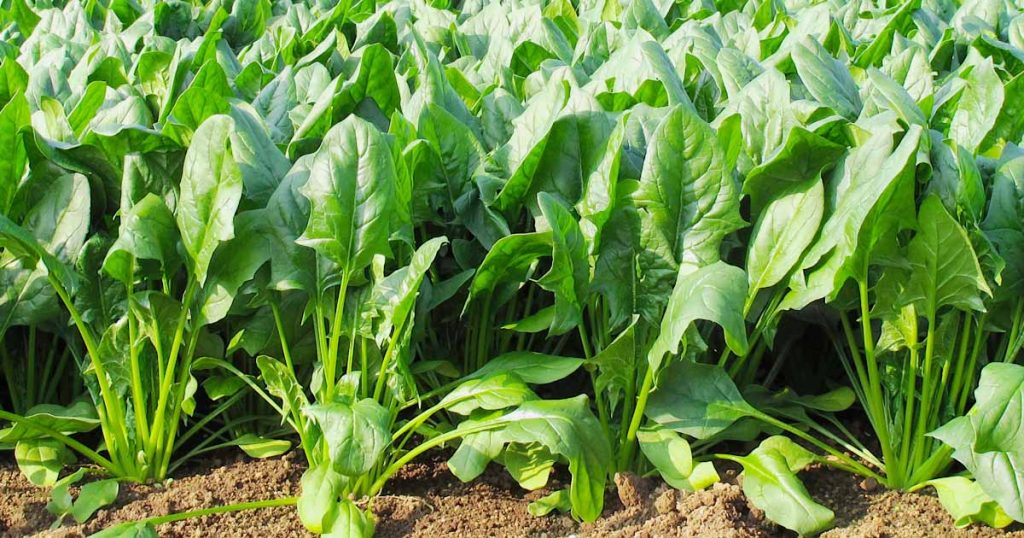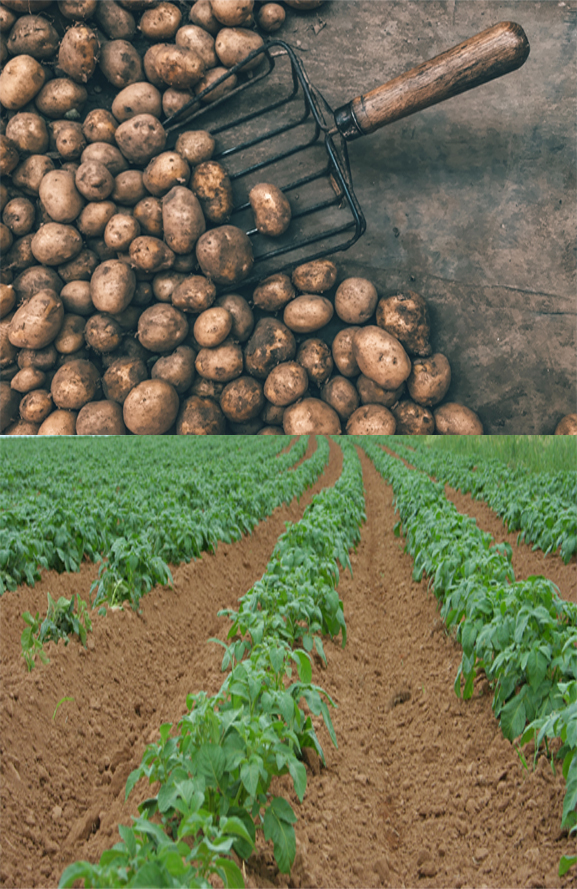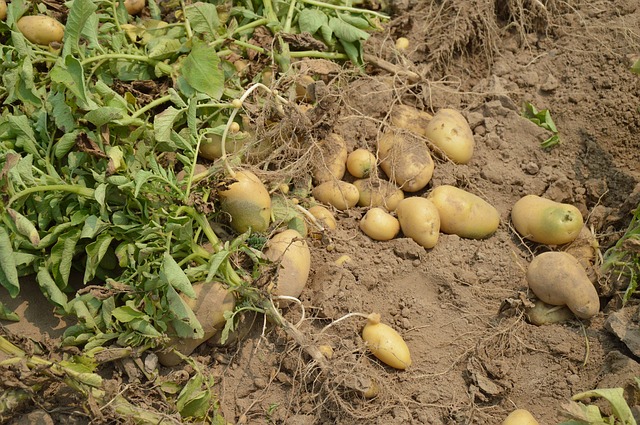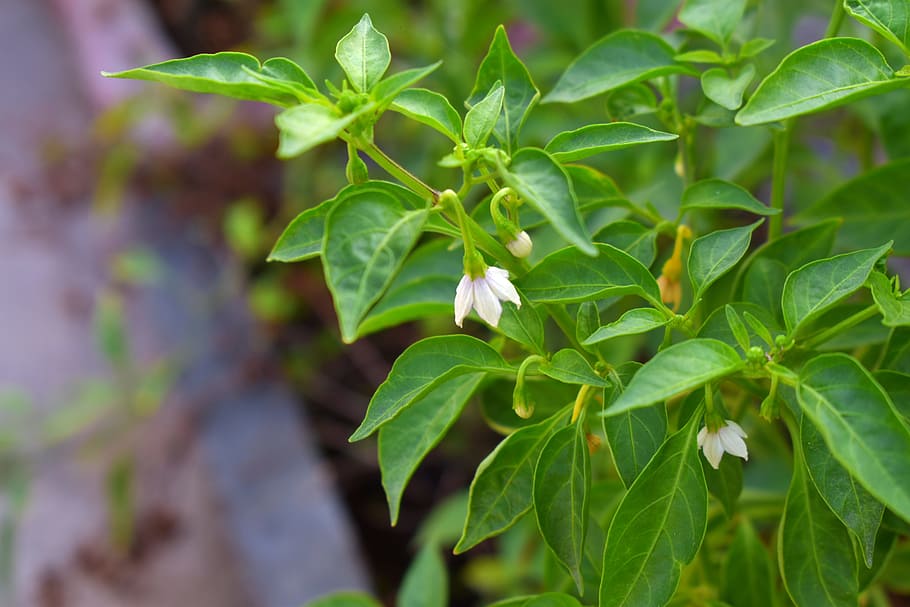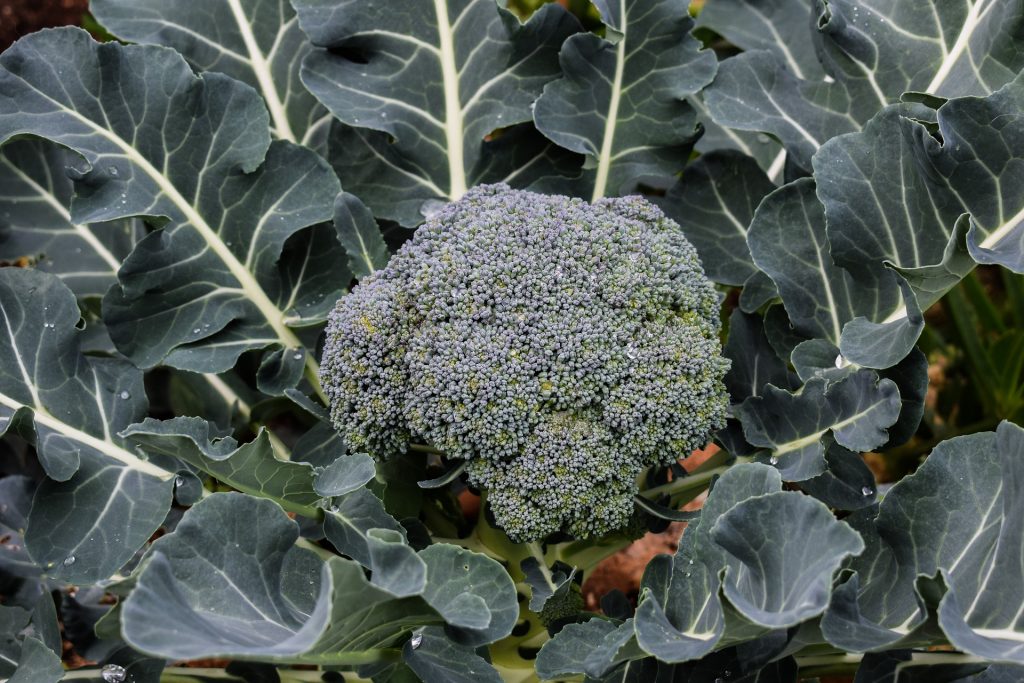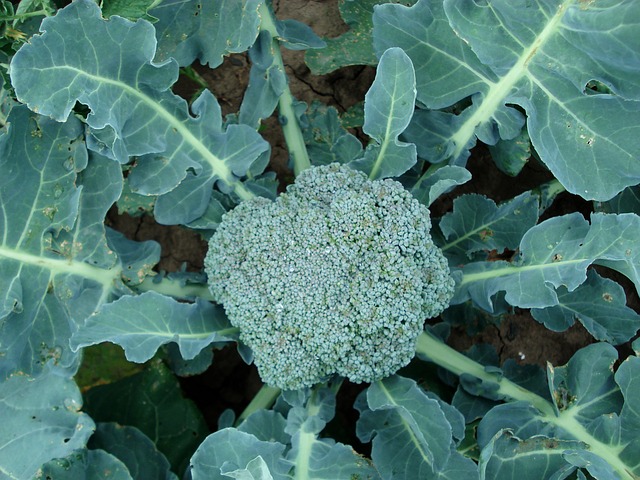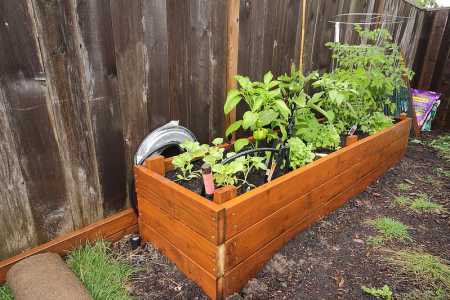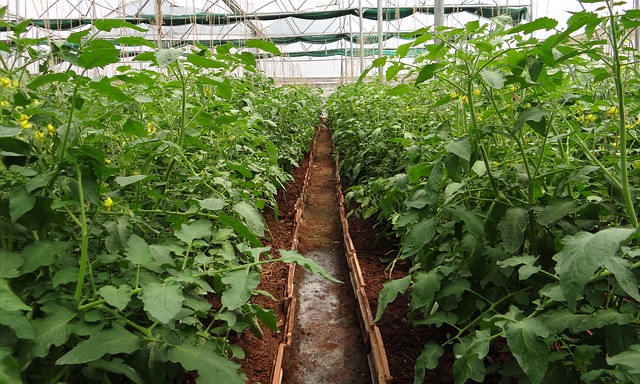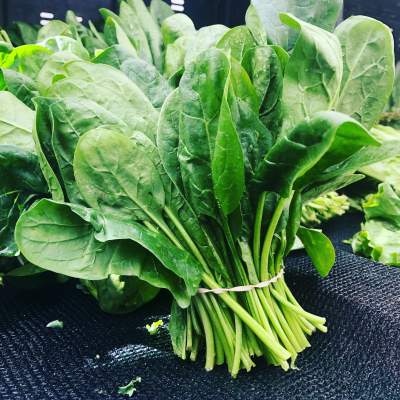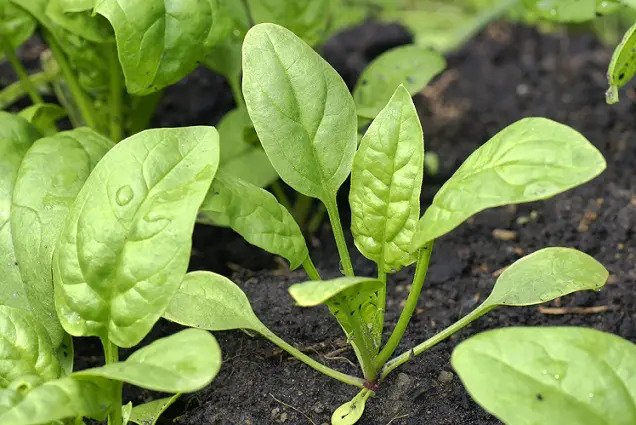There’s something incredibly gratifying about gardening: when your hard work begins to show results! Gardening is a joyous hobby that anyone can enjoy and reap the rewards of.
While there are many different kinds of vegetables, one prominent go-to among gardeners is spinach.
Before you jump into planting that packet of seeds, however, it is essential to ask yourself, does spinach need full sun to grow?
The answer may surprise you – while most plants do require full exposure to sunlight during the growing season, with proper care and knowledge it’s possible to successfully grow spinach in more shaded areas as well!
Let’s dive into what makes spinach unique and how you can adjust your gardening strategies to reap the greatest, most flavorful harvests from your garden.
Growing Requirements of Spinach Plant
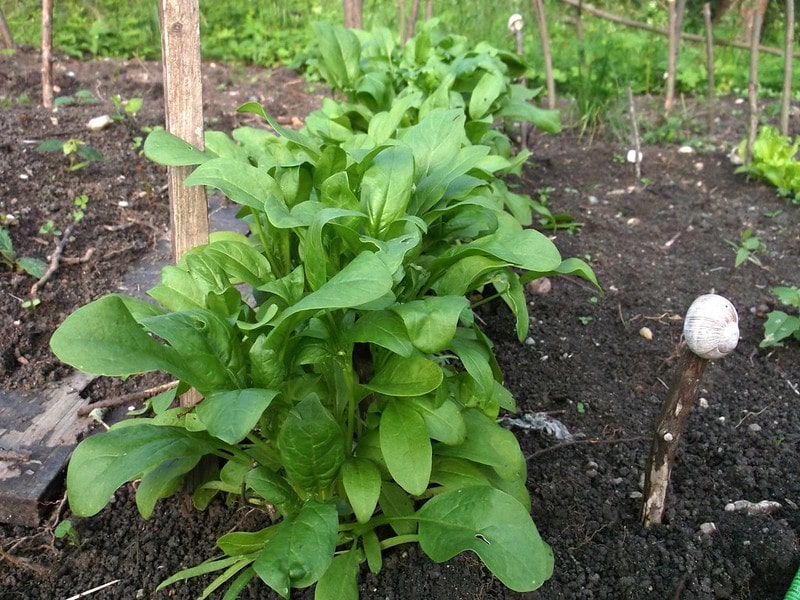
Knowing about the essential requirements of spinach will help you decide whether or not it’s suitable for your garden. And you can accordingly prepare the planting spot or container.
Soil Requirements:
Spinach thrives in a slightly acidic soil with optimal pH levels between 6.0 and 7.5, as well as moist yet drained soils that are nutrient-rich..
Incorporating ample organic matter into the soil such as compost or aged manure prior to planting is a critical step in promoting its fertility.
Sunlight Requirements:
Depending on the variety and climate, spinach needs at least 6 hours of direct sunlight to thrive – however this can alter.
If you’re in an area with intense sunlight or soaring temperatures, choosing a spot that only gets partial shade during the day is your best bet.
Water Requirements:
To ensure Spinach’s optimal growth, it is essential to provide a sufficient amount of moisture throughout its growing season. Doing so will promote the overall health and happiness of this vegetable.
For optimal growth, strive to provide your plants with 1-2 inches of water per week either through rainfall or manual watering.
Even though spinach can tolerate some drought, it is essential to keep the soil moist and never let it dry out completely.
Also Read: How Much Water Does Spinach Need to Grow?
Nutritional Requirements:
Not only does spinach need abundant sunlight, water, and soil to flourish; it also needs essential nutrients in order to reach its full growth potential.
Nourish your plants monthly with a 10-10-10 balanced fertilizer or an organic compost solution to create flavorful, healthy leaves.
With the correct nutrients supplied, you will be able to witness their growth and reap their delectable benefits!
How Much Sunlight Does Spinach Need?
Spinach stands out from other veggies, as it is not reliant on direct sunlight exposure. Rather, a semi-shade tolerant plant, spinach can be grown in partial sunshine or with diffused light.
Planting spinach requires ample sunlight, at least 4-6 hours of direct sunlight throughout the day with some shade from afternoon light if needed.
Note: However, for optimal growth and yields, spinach should be planted in an area that is exposed to full sunlight throughout the day.
- One thing that sets spinach apart from other leafy greens is its ability to tolerate cooler temperatures and soil conditions than most plants.
- In fact, this leafy vegetable prefers temperatures as low as 40 F, making it an ideal choice for early spring plantings.
- Additionally, spinach thrives in moist soil, ensure to water your plant at regular intervals and protect from drying winds or direct sun if needed.
Also Read: How to Grow Spinach Microgreens?
What are Spinach Sunlight Requirements?
As mentioned above, spinach does well in full sun or at least 4-6 hours of direct sunlight.
To ensure your plants stay healthy, make sure to provide them with plenty of water and protection from strong winds or direct sunlight.
With the right care and expertise, you can cultivate this leafy green in even shadier spots.
When selecting spinach varieties, it is imperative to keep in mind that each type requires a unique amount of sunlight – some may require more than others.
When planting your garden, it is essential to read the package instructions thoroughly before selecting varieties so that you know precisely what conditions will ensure their growth and success.
It is noteworthy that spinach generally has a brief lifespan in the garden, with most varieties only present for 2-3 months.
Therefore, to ensure a steady yield throughout the season, it is wise to sow seeds periodically every couple of weeks.
Check this out: Why Are My Spinach Leaves Curling?
Does spinach need full sun?
No, spinach does not need full sun to thrive. Although many plants must have full sun to grow, spinach is unique in that it can thrive with only semi-shade.
Although partial sunlight or filtered shade will suffice, ensure that your plant receive a minimum of four to 6 hours of direct sunlight daily for optimal growth..
Will spinach grow in shade?
Yes, spinach can be successfully grown in more shaded areas. When planting this leafy green, aim to give your crop at least few hours of initial sunlight.
Does malabar spinach need full sun?
Malabar spinach is a heat tolerant variety that does best in full sun. It prefers temperatures between 60-85 F..
To ensure your plants are receiving the best care, choose a location with six hours of direct sunlight each day.
Also Read: Why Are My Spinach Leaves Turning Yellow?
Spinach Growing Tips
1. For the best results, plant spinach seeds early in the spring when temperatures are comfortably between 40-60 degrees Fahrenheit.
2. Spinach needs direct sunlight for at least 4-6 hours every day, but taking a break from the heat by giving it some shade in the afternoon can prevent wilting and other sun-related stress during warmer months.
3. Choose a spot in your garden that is blessed with abundant sunshine for the majority of each day to ensure optimal growth and bountiful yields.
4. Water spinach frequently to keep the soil moist, but not waterlogged; otherwise, root rot and other fungi may occur..
5. Spinach has an acidic nature, making it prone to nutrient deficiencies. To ensure your plants are receiving the nutrients they need, you should frequently add compost or fertilizer enriched soil for optimal nutrition absorption..
6. To safeguard your spinach plants from windy gusts and harsh sunlight, place a layer of mulch consisting of straw or light-hued wood chips around the base of each plant..
7. To ensure the health and quality of your spinach, be certain to examine the package instructions before sowing. This is integral for multiple types of spinach, as it will provide insight on what conditions each variety needs in order to thrive within your garden’s climate and soil type..
8. For a consistent harvest, it is important to consistently sow new seeds every few weeks. This is particularly relevant with spinach due its short-lived nature of 2-3 months before bolting and turning bitter in flavor.
9. To gain the greatest flavor and texture, pick spinach leaves when they are still young and delicate before blooming.
10. Protect your leafy greens from uninvited visitors such as aphids by utilizing companion planting and natural insect repellents! Herbs are a great option, or you can opt for neem oil or garlic spray- both of which will protect your plants without jeopardizing any helpful bugs like bees.
Conclusion
Spinach needs some shade to thrive, but still requires a good amount of sunlight. For the greatest success and yield, it should be exposed to 4-6 hours of direct sunshine daily.
Ultimately, it’s essential to meticulously adhere to the instructions for each spinach variety and utilize recommended growing techniques such as companion planting and mulching for maximum harvests!

